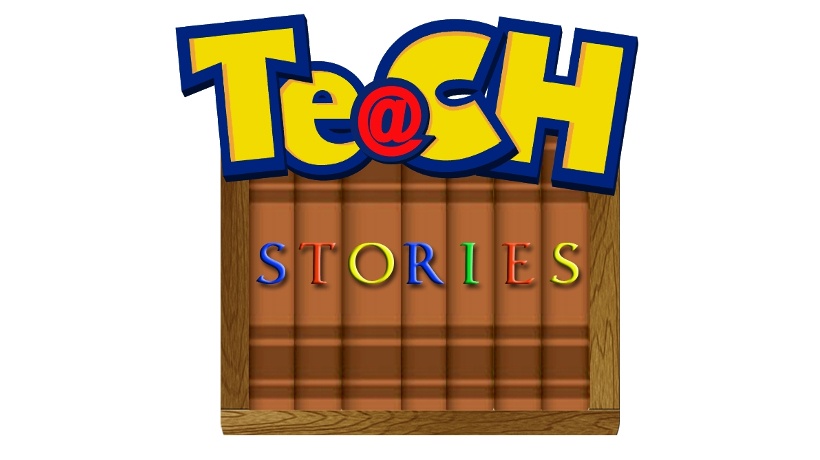Technology In FE – Developing Relationships & Delivering Value
In the Technology in Further Education – Developing Relationships & Delivering Value report colleges will find out how difficult it can be to develop and roll out successful Technology products, and considers how educators can help suppliers improve new and emerging EdTech. Existing education suppliers will find out about some tried and tested business principles that successful technology companies have used and advocate. Start-ups and organizations that are looking to work with education will discover why this could be a great target market. A core message of this report is the need for collaboration and how education suppliers business’ strategy, operational practices and roll out plans can affect the quality of EdTech they deliver to schools and colleges. This report is for anyone involved with making technology decisions in Further Education (FE) and has been designed in a way to consider the colleges and suppliers’ perspective. Whether you are an educator or supplier we hope that this report proves useful with your current and future technology projects. The first part of each section includes business principles that organizations like MIT and start-up Incubators like LearnLaunchX advise their students and their newly formed companies to use. The second section “implications for FE” details what impact adhering to, or neglecting, these principles can have of the finished product and for educators.
Section 1 - Sales & Current Practices
Looks at the time and cost implications of suppliers’ sales efforts for both colleges and suppliers. We consider how much time colleges will spend annually dealing with sales enquiries, as well as the overhead costs for suppliers to get some early FE customers. We question whether the costs of attracting new customers could be converted into a development budget for early adopter colleges to trial new services and offer input.
Section 2 – Product-Market Fit
Getting feedback and collaborating with potential customers is vital in developing great products. The best sales team in the world will struggle to engage with customers if the product is not fit for purpose, or does not fulfil a need. Section 2 looks at the importance of “product-market fit” and highlights how it is extremely difficult to get products right at the first attempt – even Google, Apple and Microsoft did not get it right first time. We will demonstrate that the best way to achieve this crucial aspect of any product is through collaborating with potential customers.
Section 3 – When To Roll Out: When Customers Recommend It
One of the main causes of companies failing is rolling a product out too soon. Section 3 looks at the best indicator for gauging when you know you have a great product, and when it is time to look for new customers. We also look at some of the dangers that result from premature scaling – like high “customer churn” and turnover of key staff members; whereas the benefits of rolling out at the right time will involve “less selling and more buying.”
Section 4 – Target Market
Finding the right target market is one of the most important decisions a young company can make. Section 4 looks at some of the key considerations suppliers should bear in mind when considering education and other sectors as a potential target market for their product. We highlight how, and why, FE could be the perfect target market for start-ups with the right product.
Section 5 – Market Leaders & Focus
Once a supplier has identified their ideal target market, we discuss the merits and importance of becoming the market leader, and why this should be one of the key strategic objectives for new suppliers. Section 5 discusses the level of focus required for start-ups and new providers in order to become a market leader.
Section 6 – Losing Focus
Looks at the negative consequences for any organization that loses their focus.
Section 7 – The Technology Adoption Cycle
Looks at the “Technology Adoption Cycle,” the different profiles and expectations of each group when assessing technology. We discuss how FE could use this model to improve edtech products and rolling new products out within FE.









